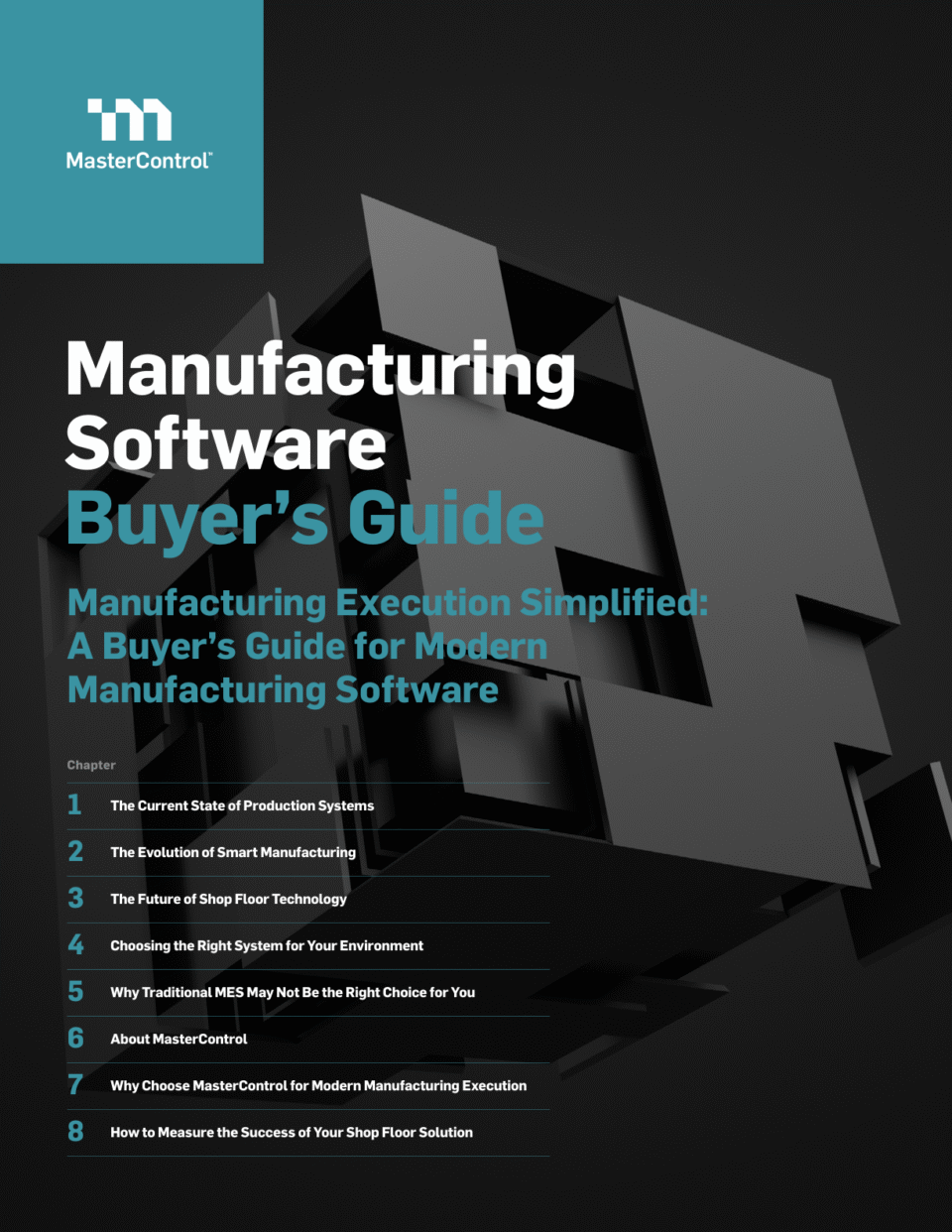Executive Summary
Today’s manufacturing landscape is rapidly transitioning from traditional paper-based systems to digitally advanced solutions. As industries become progressively data-driven, manufacturers are compelled to adopt a smarter, more efficient, and cost-effective approach to production. This comprehensive guide aims to help you navigate the complexities of modern manufacturing software, understand the evolution of smart manufacturing technology, and choose the right system to streamline your manufacturing execution.
In the following sections, we unravel the current state of production systems, their evolution, and future prospects. This includes an insightful examination of the shortcomings of traditional Manufacturing Execution Systems (MES) and a detailed analysis of the benefits that modern alternatives offer.
Technical Background
The manufacturing sector has seen significant technological evolutions. From paper-based systems that were inefficient and prone to errors, to digital but disconnected systems with unreliable connections, and finally to legacy MES with costly implementations and limited scalability. As manufacturing becomes more data-driven, the need has arisen for a unified platform that offers efficient data tracking and interoperability.
System Architecture
The future of manufacturing execution lies in a data-first approach, where all information, systems, people, and processes converge on a single platform. The transformation from paper to digital should involve not only batch records and device history records but also training documents and standard operating procedures. This ensures quick and cost-effective digitization, thereby streamlining the manufacturing process.
Implementation Details
Implementing a modern manufacturing software involves a transition from disconnected systems and standalone spreadsheets to a unified, digitized platform. This includes the validation of a new system and a large-scale IT effort. However, this can be challenging due to the significant costs, time, and complexity involved.
Code Examples
Note: This section is not applicable to this guide as it does not involve any coding or software development processes.
Performance Analysis
A comprehensive performance analysis of your chosen Manufacturing Execution System is crucial to measure its success. Key metrics to consider include cost-effectiveness, time-to-implement, ease of validation, and the extent to which the system simplifies your manufacturing execution and sets you up for sustained excellence.
Security Considerations
Given the extent of digitization, security is a paramount consideration while choosing a manufacturing software. The right system should provide robust data security protocols to safeguard your sensitive manufacturing data, and ensure that the manufacturing processes remain uncompromised.
Troubleshooting
Proper training and understanding of the system can prevent most potential issues. However, in the event of a problem, a comprehensive troubleshooting guide provided by the system provider can be instrumental in resolving issues swiftly and efficiently.
Conclusion
Choosing the right manufacturing software is pivotal to the success of modern manufacturing execution. By understanding the technical background, analyzing system architecture, considering implementation details, and contemplating security considerations, you can select the most suitable system for your environment.
Download PDF Document
Enter your contact details to download the complete document with all original formatting and detailed information.
